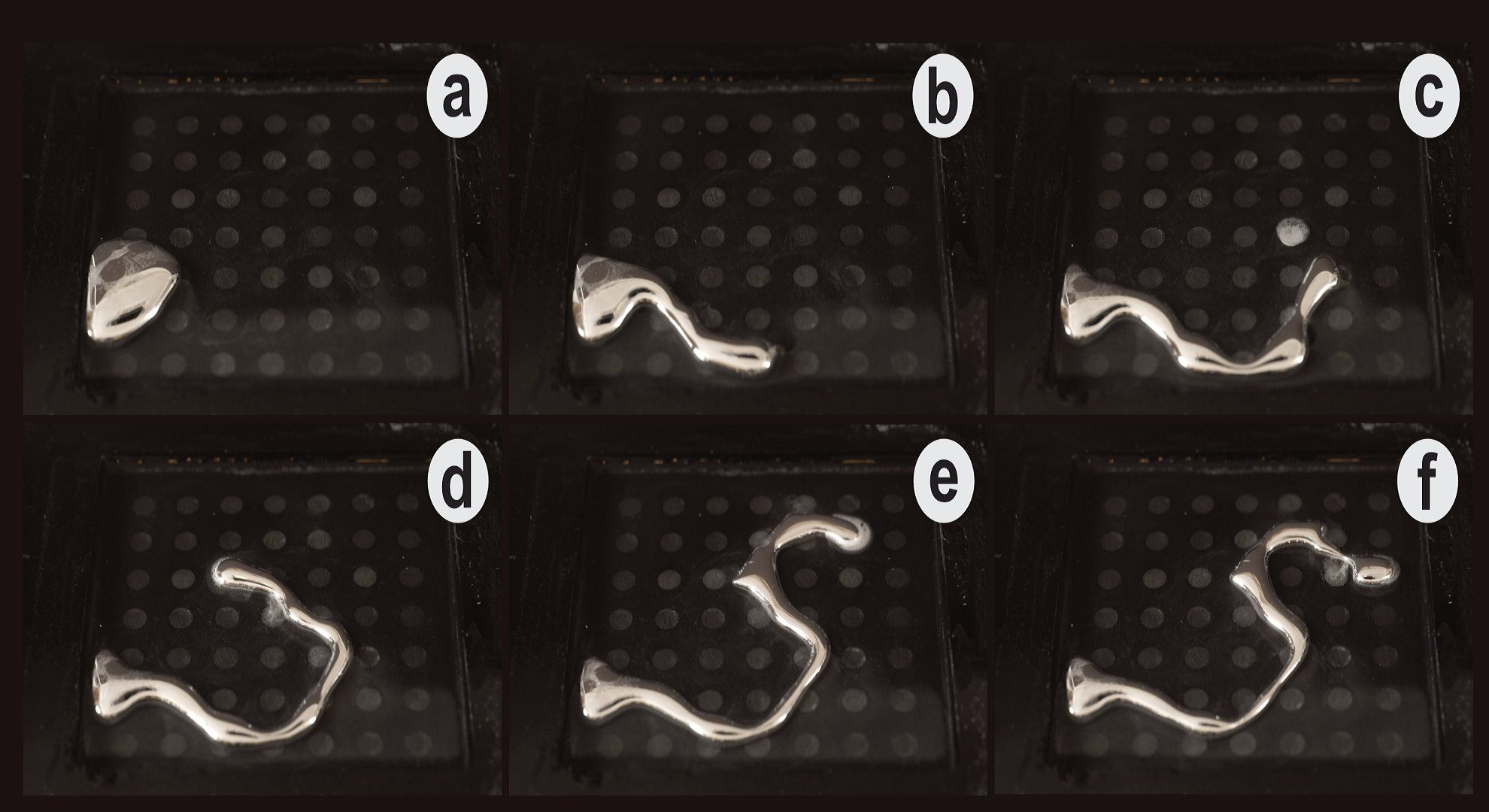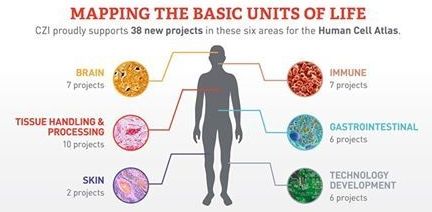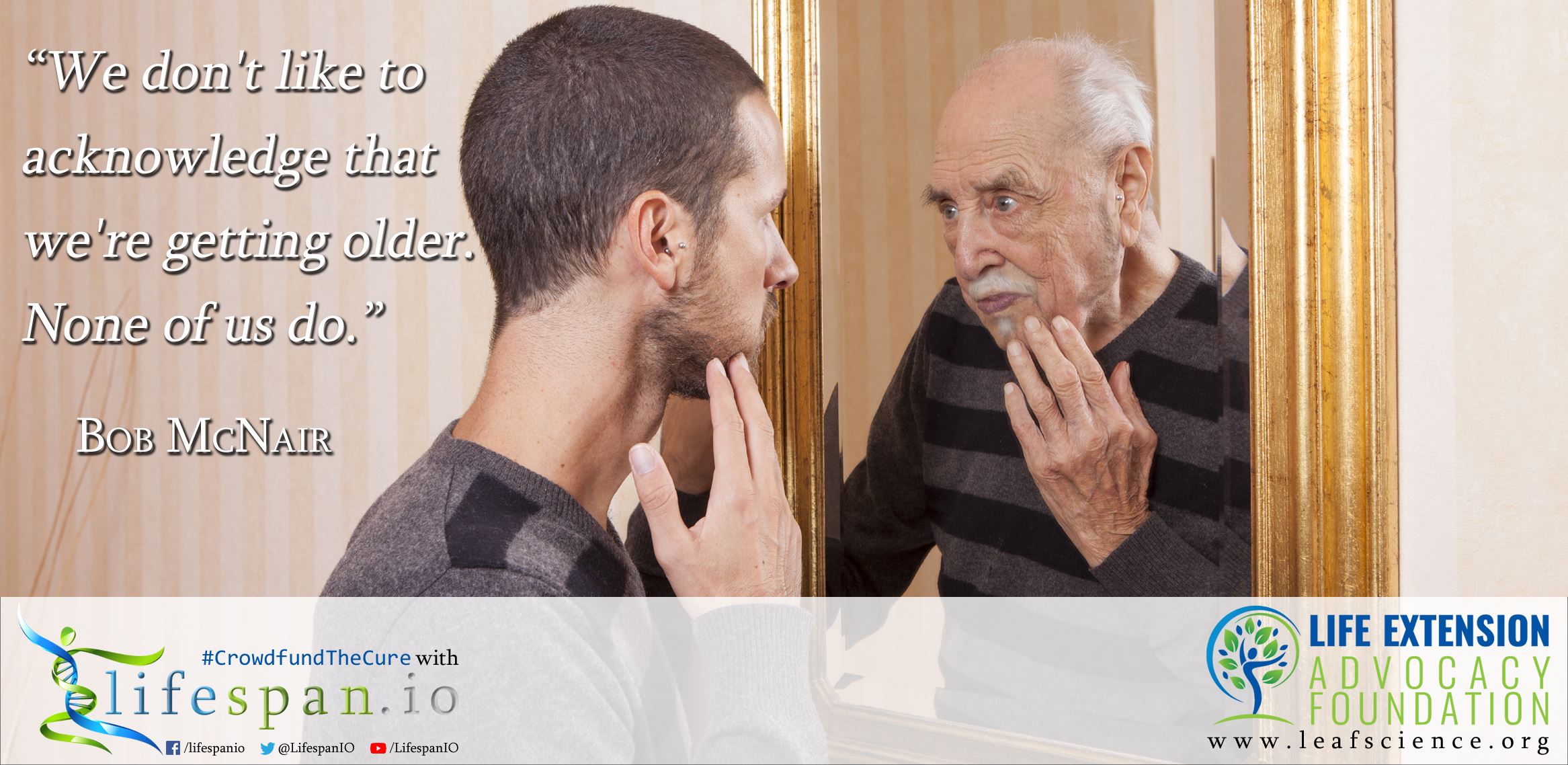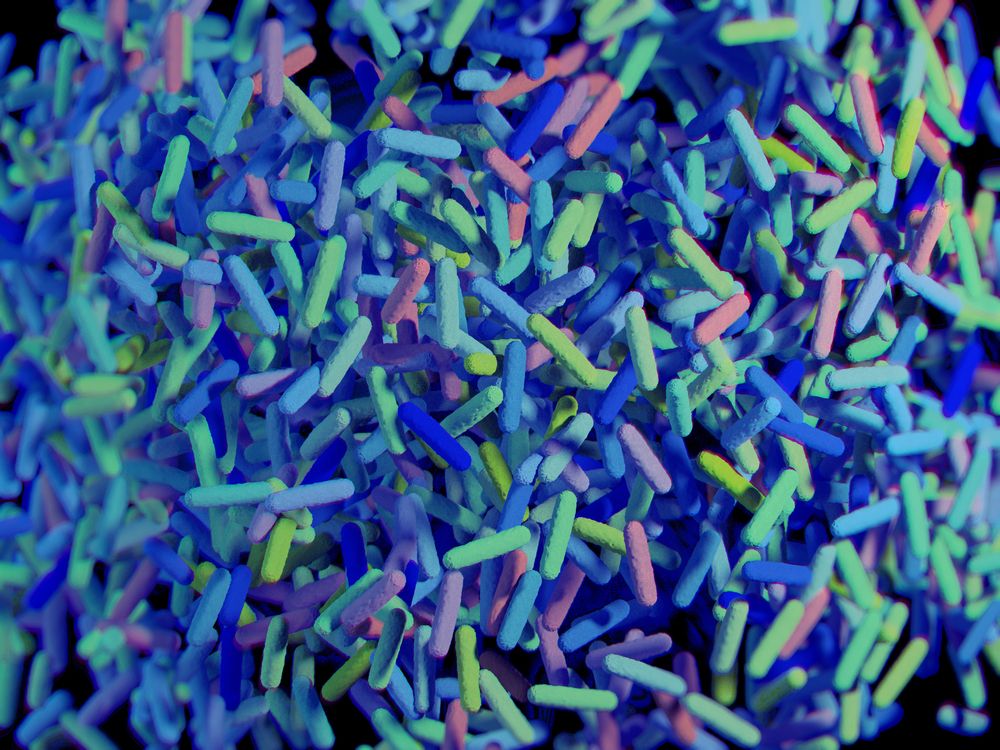Page 9830
Oct 16, 2017
How North Korean hackers stole 235 gigabytes of classified US and South Korean military plans
Posted by John Gallagher in categories: computing, military
Oct 16, 2017
The World Once Laughed at North Korean Cyberpower. No More
Posted by John Gallagher in categories: cybercrime/malcode, existential risks, military
While the world is fixated on its nuclear missiles, North Korea has also developed a cyberattack program that is stealing millions and unleashing havoc.

I just received the video of the Eureka! comedy show I was on, which focuses on science. The 90-minute show was on #transhumanism (and a bit on my Governor run). This may be the first (or one of the first) live comedy shows that focused entirely on transhumanism. Check it out!
Interested in becoming post-Human? What if it promised you eternal six-packs? Still on the fence?
Oct 16, 2017
Liquid metal brings soft robotics a step closer
Posted by Saúl Morales Rodriguéz in categories: materials, robotics/AI

Scientists have invented a way to morph liquid metal into physical shapes.
Researchers at the University of Sussex and Swansea University have applied electrical charges to manipulate liquid metal into 2D shapes such as letters and a heart.
Continue reading “Liquid metal brings soft robotics a step closer” »
Oct 16, 2017
Keep Calm and … Massively Increase Investment in Artificial Intelligence
Posted by Saúl Morales Rodriguéz in categories: government, robotics/AI
The U.K. government has some jolly sensible recommendations for making the most of artificial intelligence.
Oct 16, 2017
Chemical treatment improves quantum dot lasers
Posted by Saúl Morales Rodriguéz in categories: biotech/medical, nanotechnology, quantum physics
One of the secrets to making tiny laser devices such as opthalmic surgery scalpels work even more efficiently is the use of tiny semiconductor particles, called quantum dots. In new research at Los Alamos National Laboratory’s Nanotech Team, the ~nanometer-sized dots are being doctored, or “doped,” with additional electrons, a treatment that nudges the dots ever closer to producing the desired laser light with less stimulation and energy loss.
“When we properly tailor the compositional profile within the particles during their fabrication, and then inject two or more electrons in each dot, they become more able to emit laser light. Importantly, they require considerably less power to initiate the lasing action,” said Victor Klimov, leader of the Nanotech team.
In order to force a material to emit laser light one has to work toward a “population inversion,” that is, making the number of electrons in a higher-energy electronic state exceed the number that are in a lower-energy state. To achieve this condition normally, one applies an external stimulus (optical or electrical) of a certain power, which should exceed a critical value termed the “optical-gain threshold.” In a recent paradigm-changing advance, Los Alamos researchers demonstrated that by adding extra electrons into their specially designed quantum dots, they can reduce this threshold to virtually zero.
Continue reading “Chemical treatment improves quantum dot lasers” »
Oct 16, 2017
Yes, people do not like to admit it which is a serious barrier to acknowledging we should be doing something about it
Posted by Steve Hill in category: life extension
How did you come to accept that aging was a problem?
#CrowdfundTheCure for #aging at www.lifespan.io
Oct 16, 2017
A Healthy Aged Gut Is Similar to a Healthy Young Gut
Posted by Steve Hill in categories: biotech/medical, life extension
The topic of the gut microbiota is increasingly in the news of late, and its connection with chronic age-related inflammation, known as inflammaging, is becoming increasingly clear.
What is the microbiota?
The microbiota describes the community of symbiotic and pathogenic microorganisms that live in and on all multicellular organisms, and it includes bacteria, archaea, protists, fungi, and viruses. In particular, the gut microbiota and its role in aging and disease have increasingly become of interest to researchers in recent years.
Continue reading “A Healthy Aged Gut Is Similar to a Healthy Young Gut” »
Oct 16, 2017
When Should We Edit Human Genes? What You Need to Know
Posted by Montie Adkins in categories: bioengineering, biotech/medical

There’s a difference between editing genes in a person’s somatic cells and germline cells.
Editing somatic cells, which are differentiated (e.g., skin cells) and non-reproductive, impacts them alone. In contrast, editing germline DNA means changes are passed along to the next generation during reproduction. It’s no minor distinction.
Continue reading “When Should We Edit Human Genes? What You Need to Know” »















